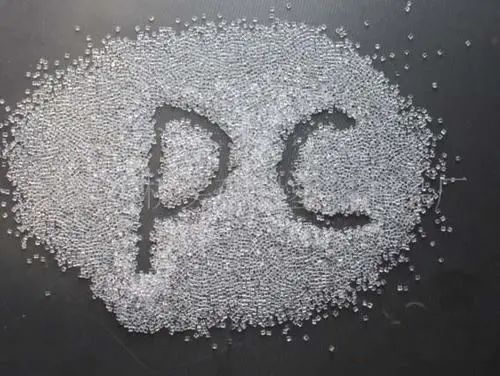A brief introduction to PC (polycarbonate)
Polycarbonate (Polycarbonate, referred to as PC), is a polymer containing carbonate group in the molecular chain, was first synthesized by German scientist Alfred Einhorn in 1898. The scientist worked for decades in the laboratory, but never found a suitable commercial application, so polycarbonate "kept in seclusion."

Because polycarbonate has excellent thermal properties, mechanical properties and good light transmittance, it is widely used in electronic appliances, plates, films, automobiles, packaging containers, optical discs and other fields. Among them, electronic appliances are most applicable, accounting for 45%, in addition, plate/sheet/film accounts for 18%, automotive field accounts for 16%, the total of the three accounts for about 89%.
Polycarbonate (PC) as one of the five engineering plastics, because of its high strength, high transparency, high impact resistance, heat resistance and other advantages, widely used in electronic appliances, lighting, building materials, auto parts, food packaging and medical equipment and other fields. China's PC demand is expected to reach about 2.4 million tons in 2022.
The glass transition temperature of PC is 140-150℃, the thermal deformation temperature is 135℃, the use range is from -60℃ to 120℃, has good thermal stability and dimensional stability. Although the flame retardant performance of PC is better than that of PE and PP, the limit oxygen index (LOI) can reach 21%-24%, the material itself can reach V-2 flame retardant, but still can not meet the special field of higher flame retardant performance requirements, need to be improved by adding flame retardant.


